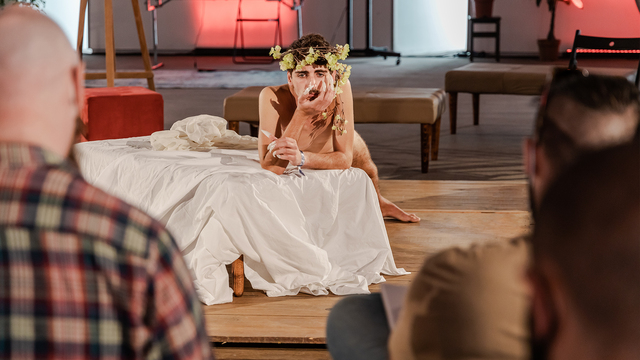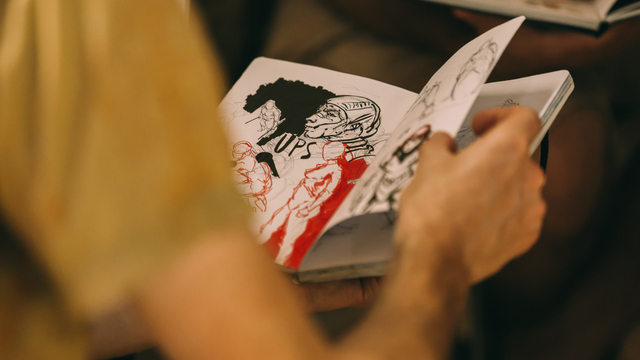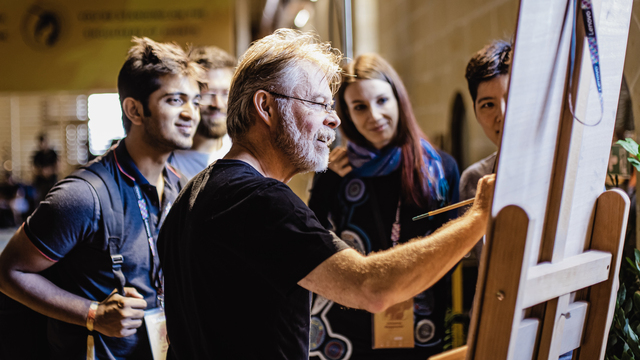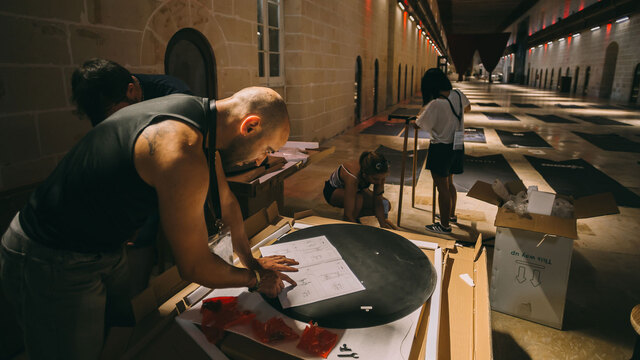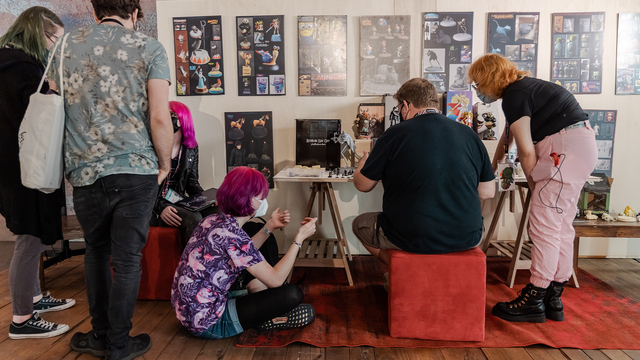Inspiration is a wonderful thing. It’s what compels you to dust off your oil paints and start fresh on a blank canvas. Oh, the excitement! Unfortunately, at other times it feels like you're in a never-ending creative drought. Whatever your profession may be, it's normal to feel creatively stuck or weary at times. So, how do we get inspired to create? It’s really not a black and white answer. Inspiration looks different for everyone.
For some creators, like Picasso, inspiration comes from the act of working itself. For others, a stroll in the park, flipping through art magazines or reading a book may do the trick. Whatever the case may be, finding inspiration requires you to make a conscious effort to listen and pay attention to what’s unfolding around you, to what holds meaning for you. That is to say, looking to things or moments that, maybe, you haven’t really paid attention to before. Or, to consider life experiences you grew up with or dealt with that could provide an interesting perspective. When the constraints to our imagination are removed, really cool things can happen.
Case in point, architects Frank Gehry and Vlado Milunić drew inspiration from an unlikely source when crafting one of their buildings. They majestically designed the Dancing House, drawing inspiration from dancing duo Fred Astaire and Ginger Rogers (who partnered together in many films of the 1930s). In addition to being controversial at the time for its unusual design, it also served the purpose of underlying a political change in the Czech Republic: from a static to a dynamic one. Who would have thought a pair of dancers could have inspired creation of such an impactful piece!
Taking influence from different fields or mediums, through cross-pollination of ideas, is another approach to finding inspiration. Wes Anderson’s films illustrate this perfectly, taking inspiration from diverse aesthetic disciplines such as design, architecture, music and archive photography. Anderson's signature style of symmetrical lines, nostalgic pastel colours and beautiful visual compositions are the result of conversations between different fields being focused through his very unique lens.
The fashion industry is another field that continues to innovate, drawing from diverse sources of inspiration. Everything from science, nature, architecture, porcelain, and even food can spark the starting point of a new creative idea. And then there's the magic that happens when fusions or hybrids emerge from this as well. Just look at London-based fashion designer Nicholas Daley, who draws inspiration from his Jamaican-Scottish heritage: using different genres of music and global culture to create unique clothing collections. His clothes showcase his passion and identity while also speaking to a whole community that relates to his very personal language.
Although crossover between disciplines does not necessarily guarantee creative breakthroughs, the combination of ideas can help broaden your perspective and exercise your brain, exposing you to less obvious arrangements and possibilities!
Chindogu, the Japanese art of inventing totally ingenious but unusable objects, epitomizes the above. It normalizes the intersection of two completely different objects to defy functional limits. Confused? Think toilet paper and now think hat. What good can come out of pairing these two? According to Chindogu practice, an invention such as The Hay Fever Hat enables you to wipe your nose faster than you would be able to otherwise. And who wouldn’t want a pair of Sweep Shoes? They come with a tiny broom attached to one foot and a tiny dustpan to the other, which would make your cleaning days a lot easier...at least, in theory. What we'd encourage you to take away from these silly but extremely popular inventions, is that they are a great resource for triggering helpful and innovative ideas. Although they are impractical, they promote freedom of thought and creative thinking - an ingenious first take at small disruptions. And Chindogu does this brilliantly with humour and no fear of awkwardness.
So, the next time you are feeling uninspired, dare to peer outside the box and defy the limits of your own imagination. Seek inspiration beyond your comfort zone and keep an eye out for interesting details. Look to make unexpected connections: it's time to blur creative lines and experiment! After all, inspiration is the perfect way to slow down reality, allowing us to become observers of life and appreciate beauty in the unexpected.
